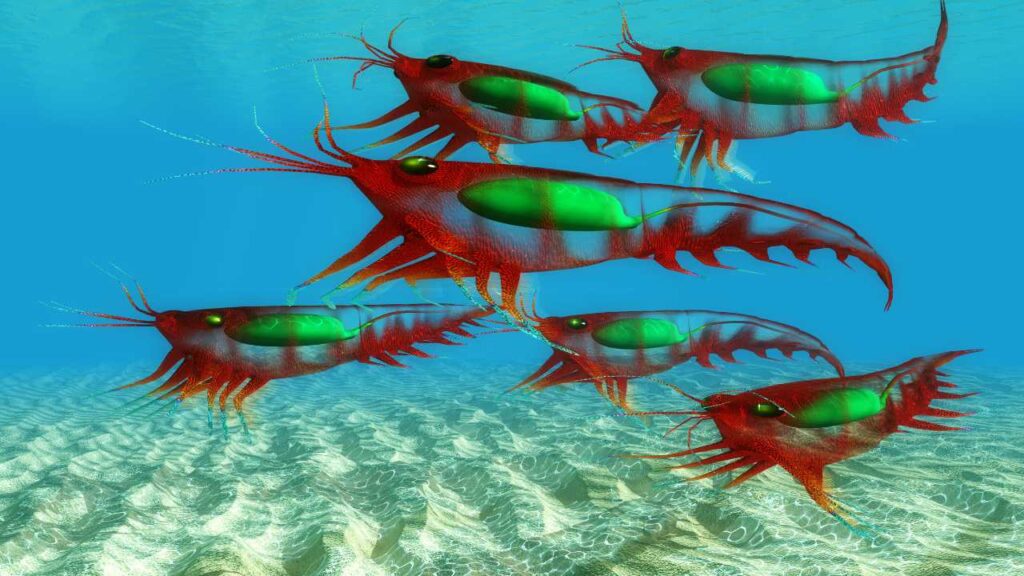Our planet is filled with amazing creatures, each with a unique role to play in their ecosystems. From tiny insects to massive mammals, these animals help keep nature in balance. Let’s explore twelve incredible animals that are essential to their habitats.
1. Bees
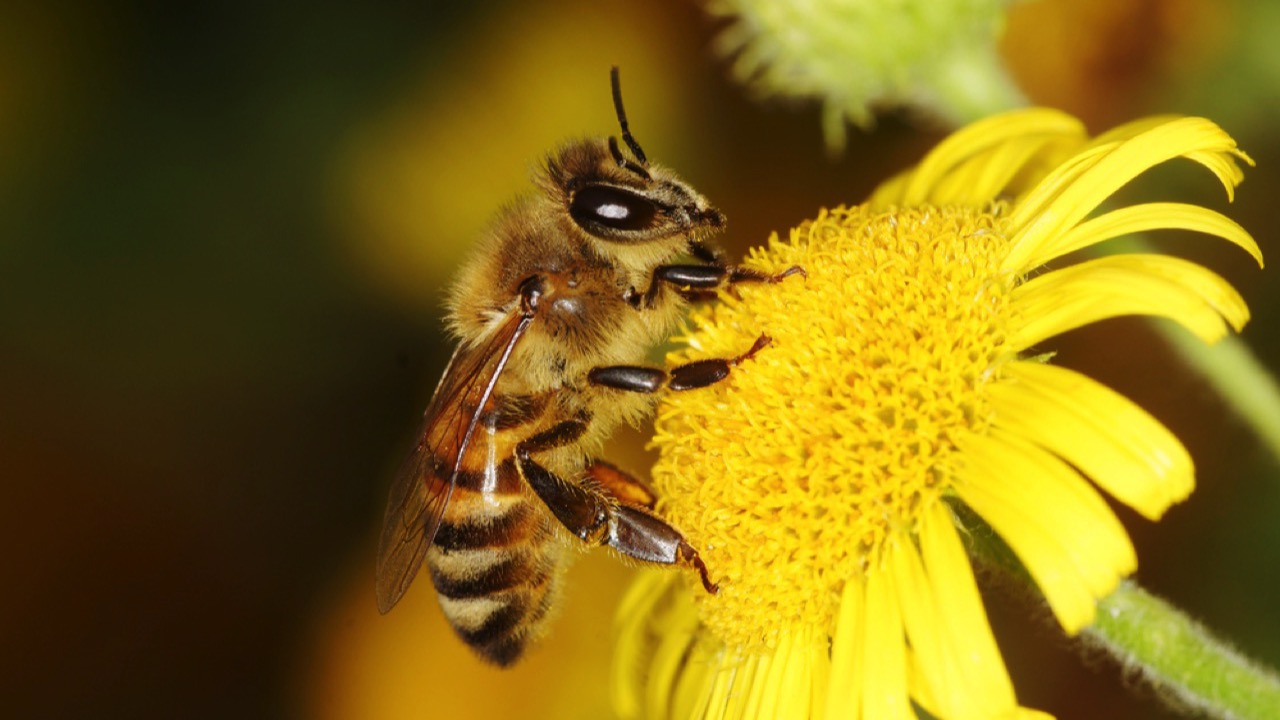
Bees are vital pollinators that help plants reproduce by transferring pollen from one flower to another. Without bees, many of the fruits and vegetables we eat wouldn’t grow. They also support the growth of trees and flowers, which provide habitats for other wildlife. Unfortunately, bee populations are declining due to pesticides and habitat loss, making their protection crucial.
2. Elephants
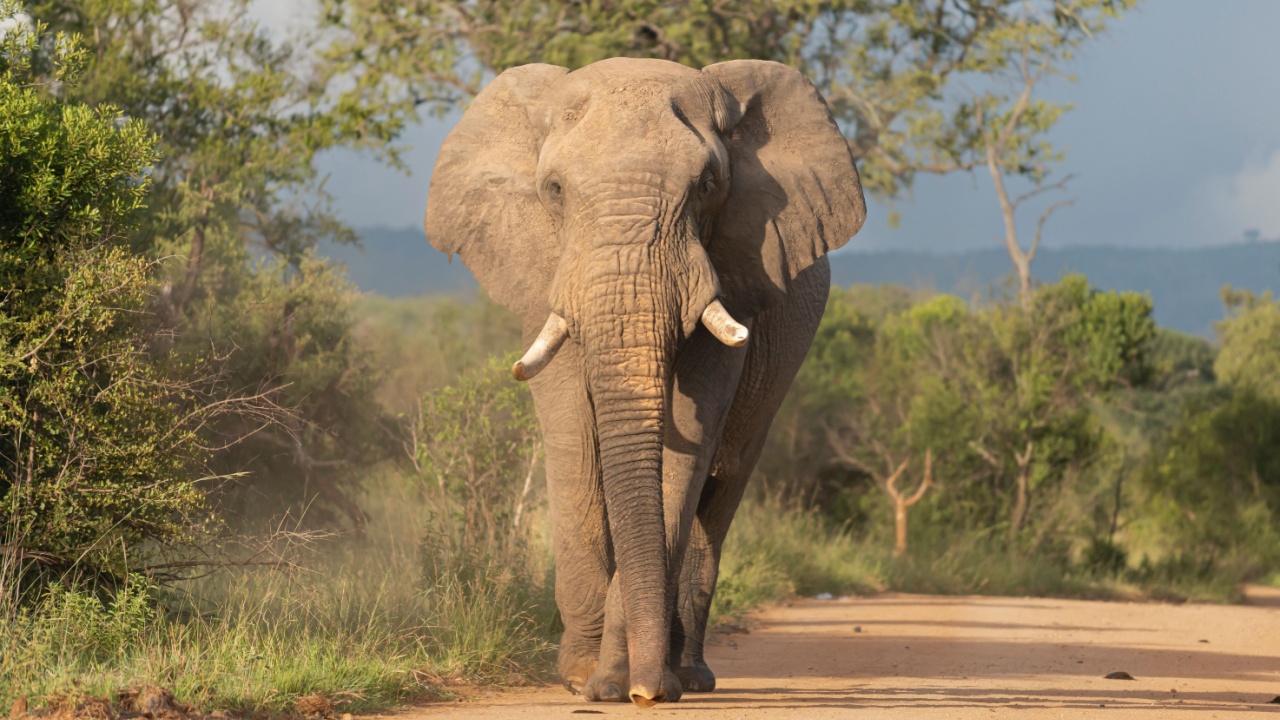
Elephants are known as “ecosystem engineers” because they shape their environment in many ways. They uproot trees, creating open spaces for other animals to live. Their dung spreads seeds far and wide, promoting plant growth. Elephants also dig for water, creating watering holes that benefit many species. Protecting elephants helps maintain the balance of their ecosystems.
3. Wolves
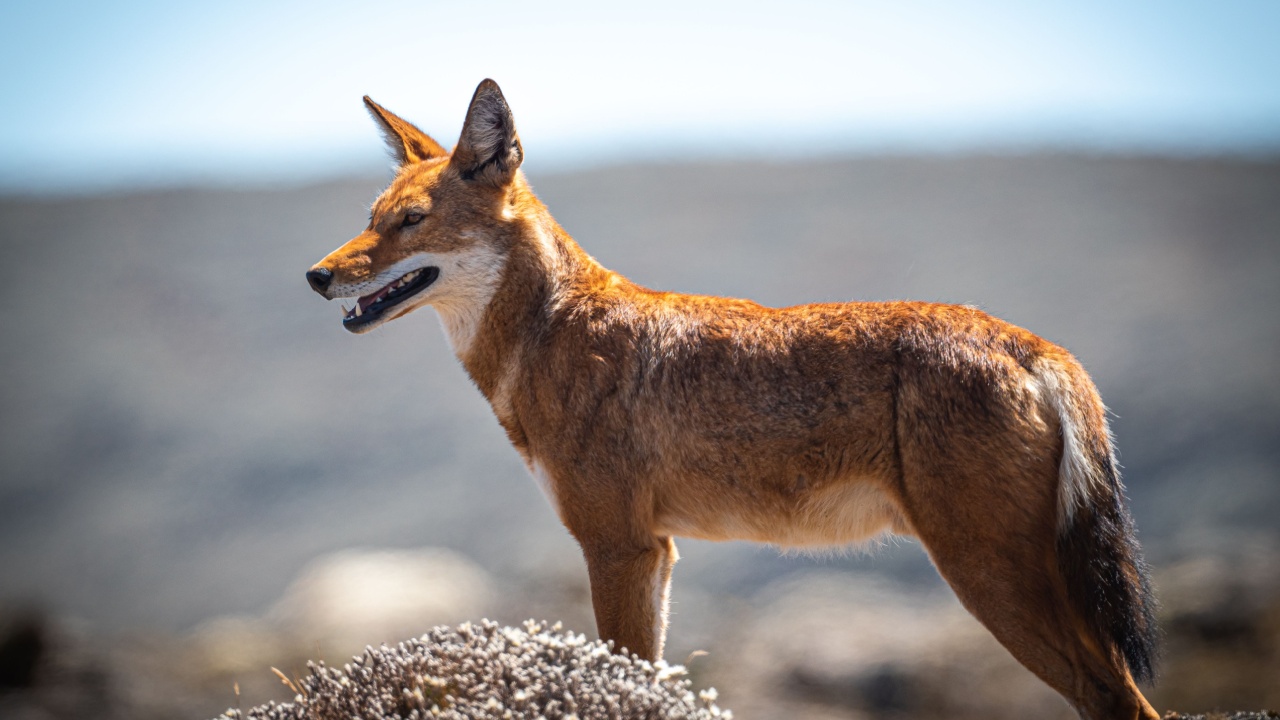
Wolves play a crucial role in regulating prey populations, such as deer and elk. By keeping these populations in check, wolves help prevent overgrazing, which can destroy plant life and lead to soil erosion. Their presence also benefits other predators and scavengers by providing leftover food. Wolves’ influence helps maintain healthy and diverse ecosystems.
4. Sea Otters
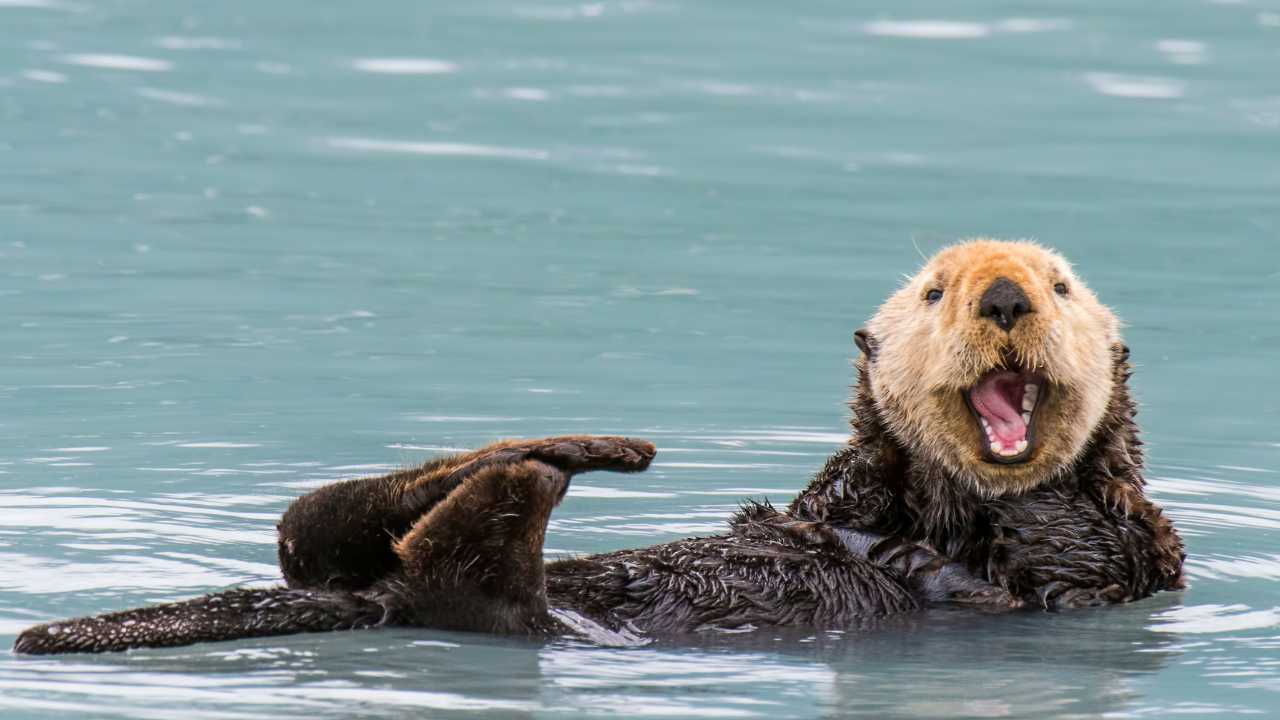
Sea otters are important for maintaining kelp forest ecosystems. They prey on sea urchins, which, if left unchecked, can decimate kelp forests by eating their roots. Healthy kelp forests support a wide range of marine life, from fish to invertebrates. By keeping sea urchin populations under control, sea otters help preserve these underwater forests.
5. Bats
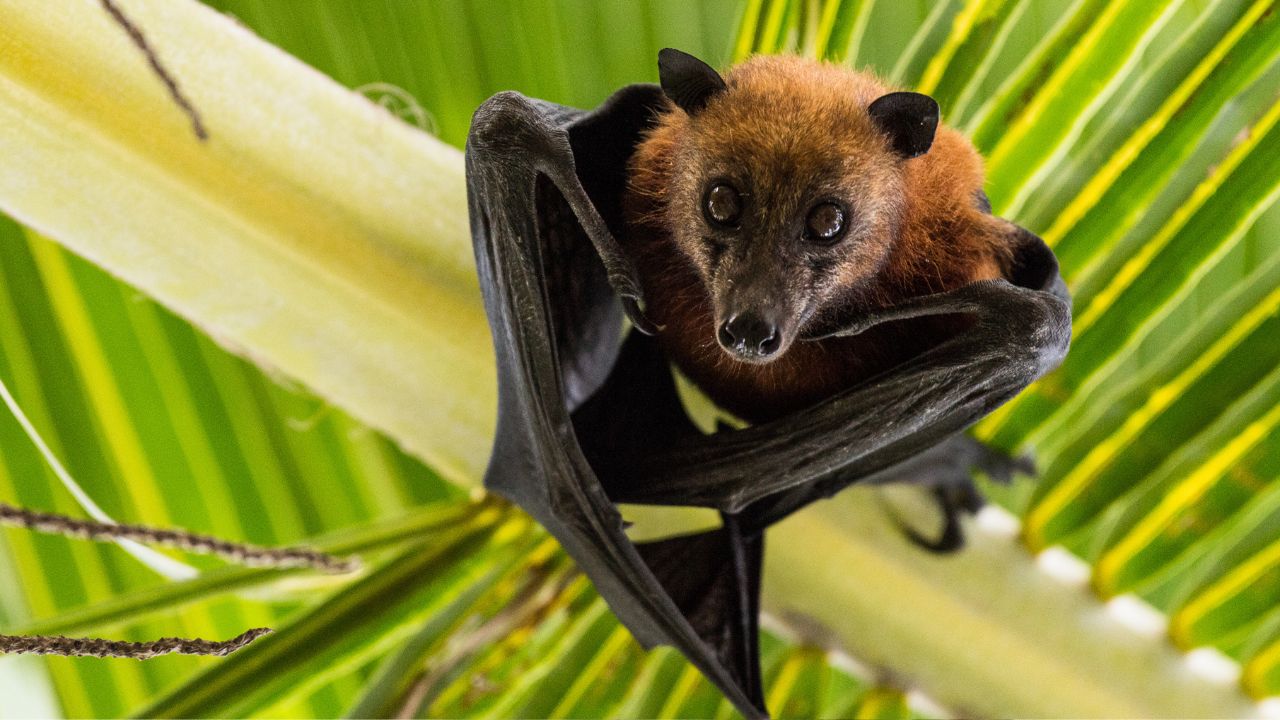
Bats are essential for insect control, as they consume large numbers of mosquitoes and other pests. This not only helps reduce the spread of diseases but also benefits agriculture by controlling crop-damaging insects. Some bat species are also important pollinators, especially in tropical regions. Protecting bats supports both human health and food security.
6. Coral
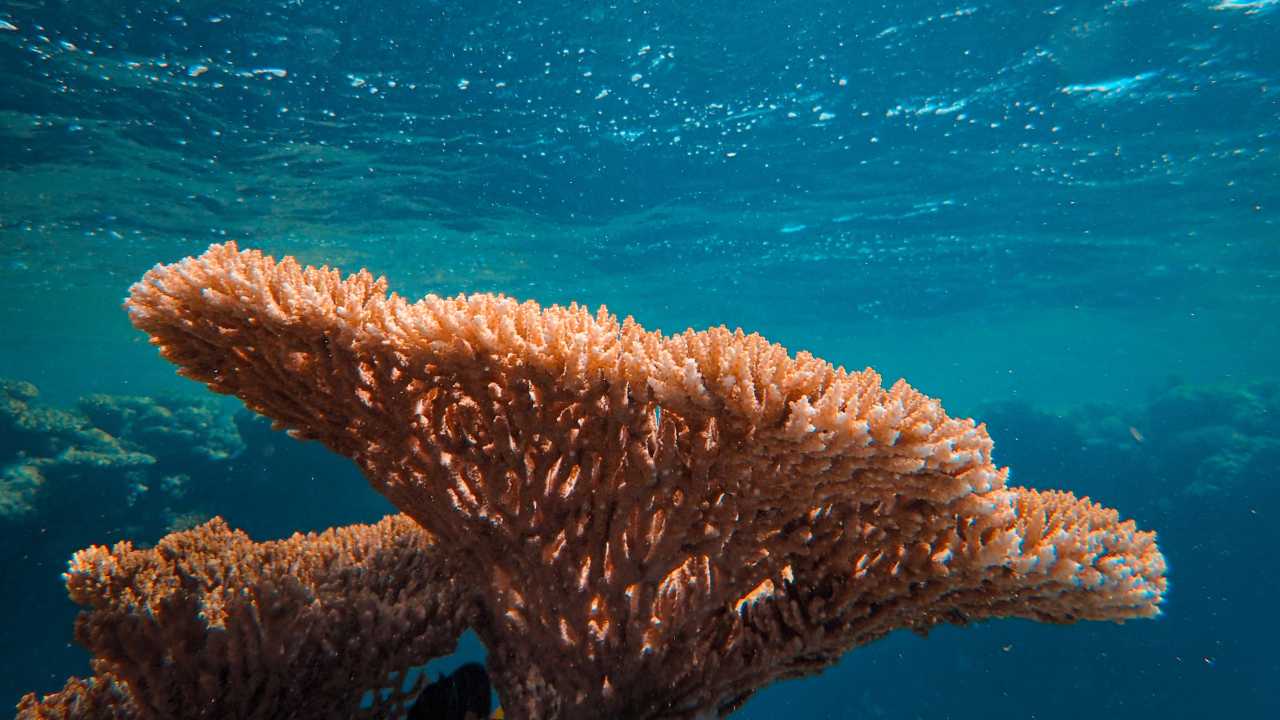
Coral reefs are often called the “rainforests of the sea” because they provide habitats for countless marine species. Corals build these reefs, which protect coastlines from erosion and support fishing and tourism industries. They also play a role in carbon and nitrogen cycling. However, coral reefs are threatened by climate change and pollution, making their conservation critical.
7. Beavers
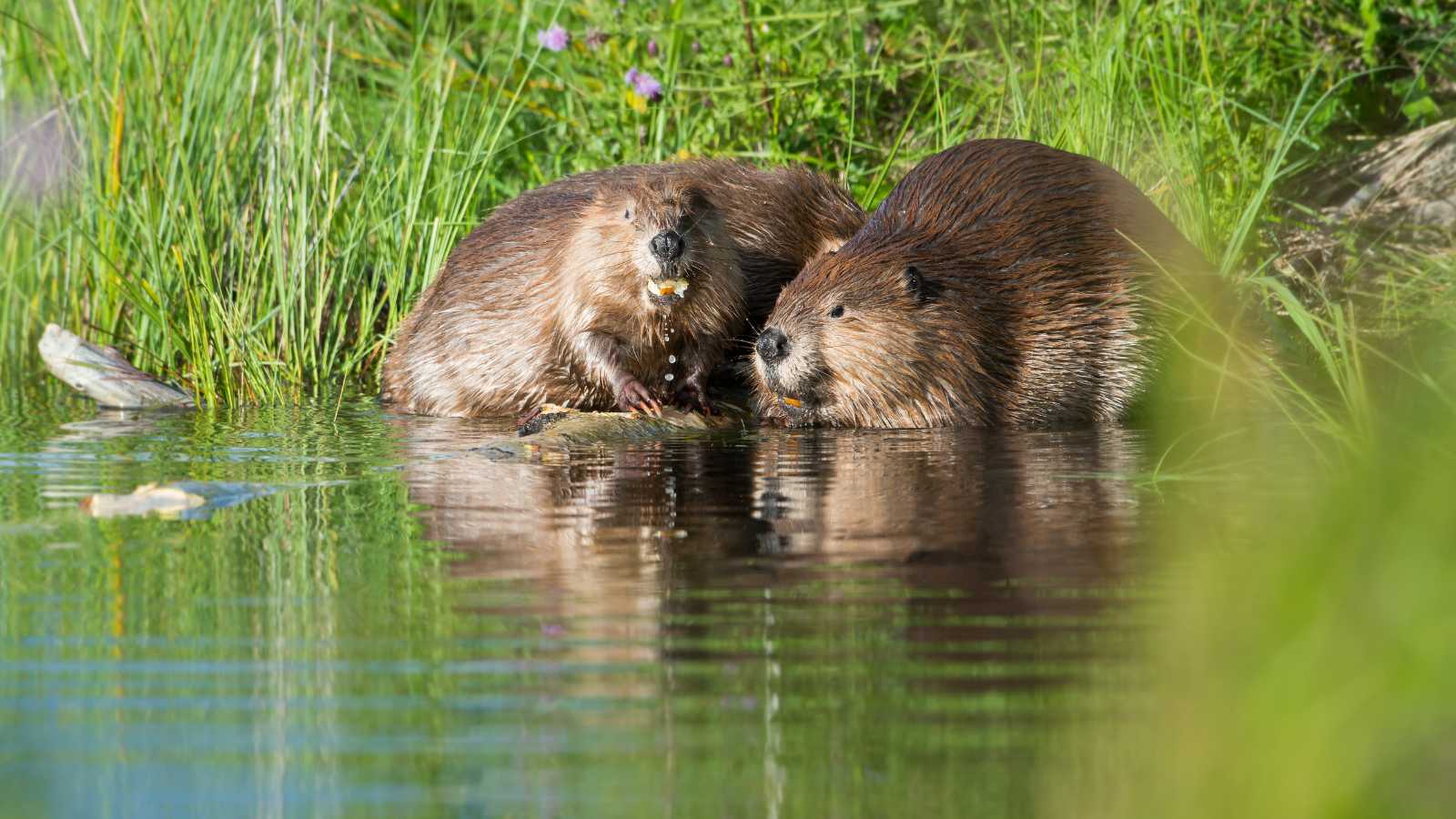
Beavers are known for building dams, which create wetlands that support diverse wildlife. These wetlands help filter water, reduce flooding, and recharge groundwater supplies. Beavers’ activities also create habitats for fish, birds, and other animals. By managing water flow and creating new habitats, beavers are vital to their ecosystems.
8. Ants
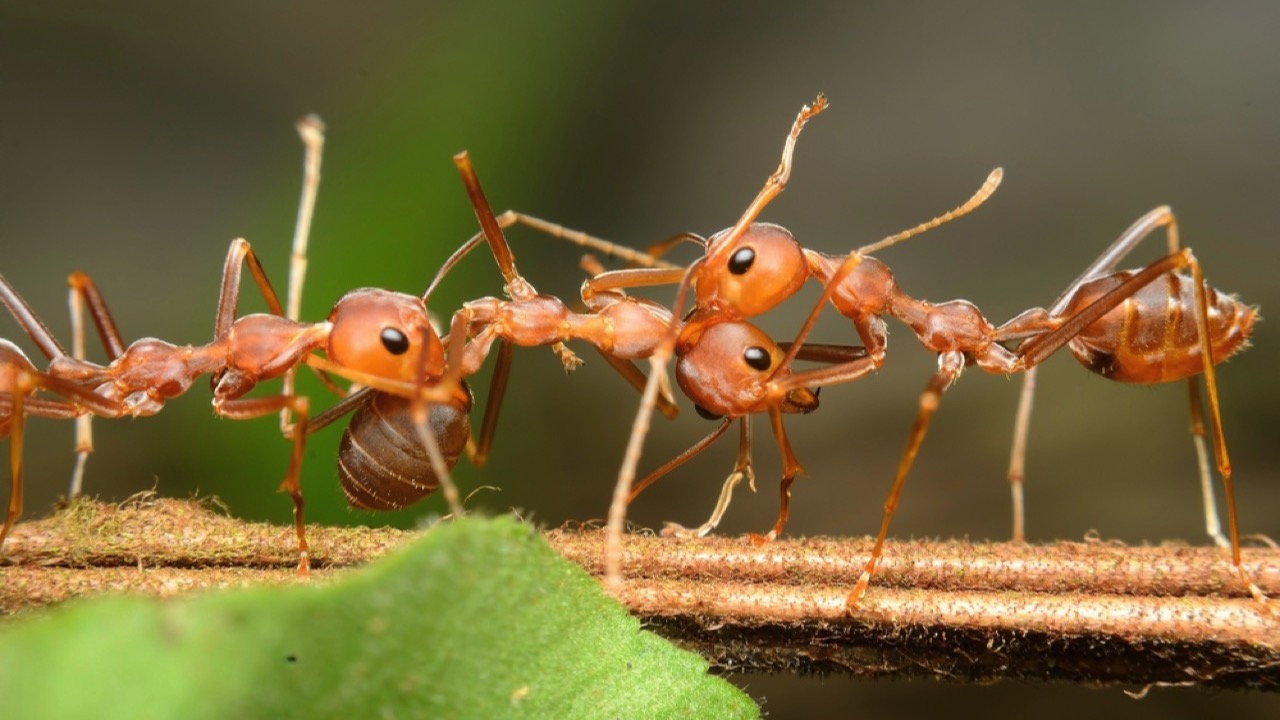
Ants are tiny but mighty in their ecosystems. They aerate soil by digging tunnels, which helps plants grow. Ants also help decompose organic matter, recycling nutrients back into the soil. Some ants even protect plants from pests. Their complex social structures and behaviors make ants key players in maintaining healthy environments.
9. Sharks

Sharks are top predators in the ocean, playing a key role in keeping marine ecosystems balanced. By preying on weaker or sick individuals, they help maintain healthy fish populations. Sharks also prevent the overpopulation of certain species that could otherwise disrupt the ecosystem. Their presence is a sign of a healthy, functioning ocean.
10. Prairie Dogs
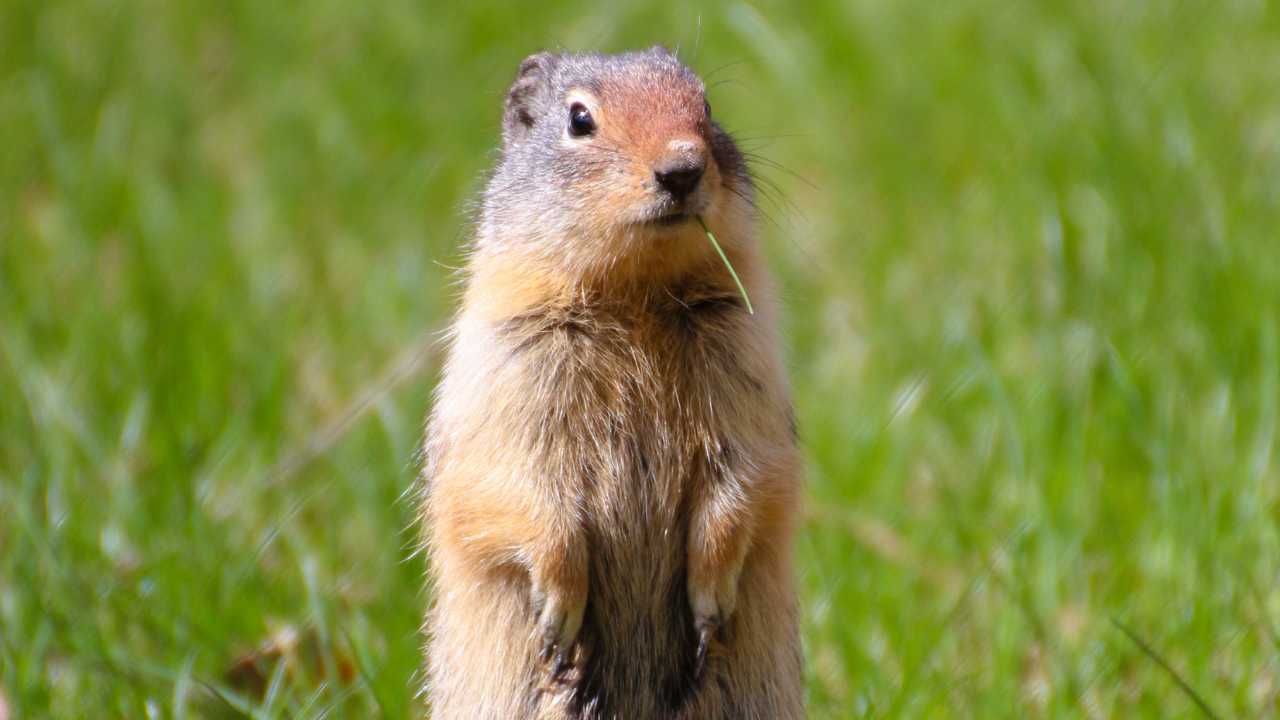
Prairie dogs are important for maintaining the health of grassland ecosystems. Their burrowing activities aerate the soil and promote plant growth. These burrows provide homes for many other species, including insects, birds, and small mammals. Prairie dogs also serve as a food source for predators like hawks and coyotes, making them central to their ecosystems.
11. Frogs
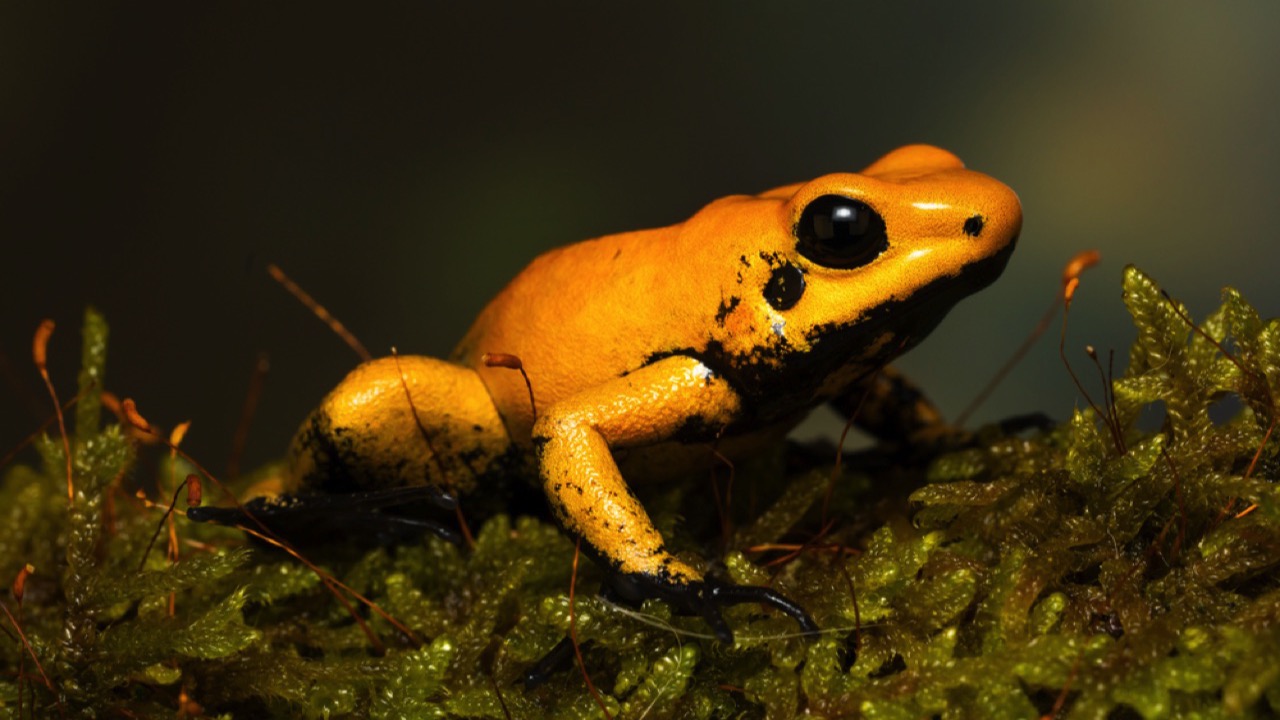
Frogs are indicators of environmental health because they are sensitive to changes in their surroundings. They help control insect populations, including pests that can spread diseases. Frogs also play a role in nutrient cycling as both predators and prey. Healthy frog populations indicate a balanced and healthy ecosystem.
12. Krill
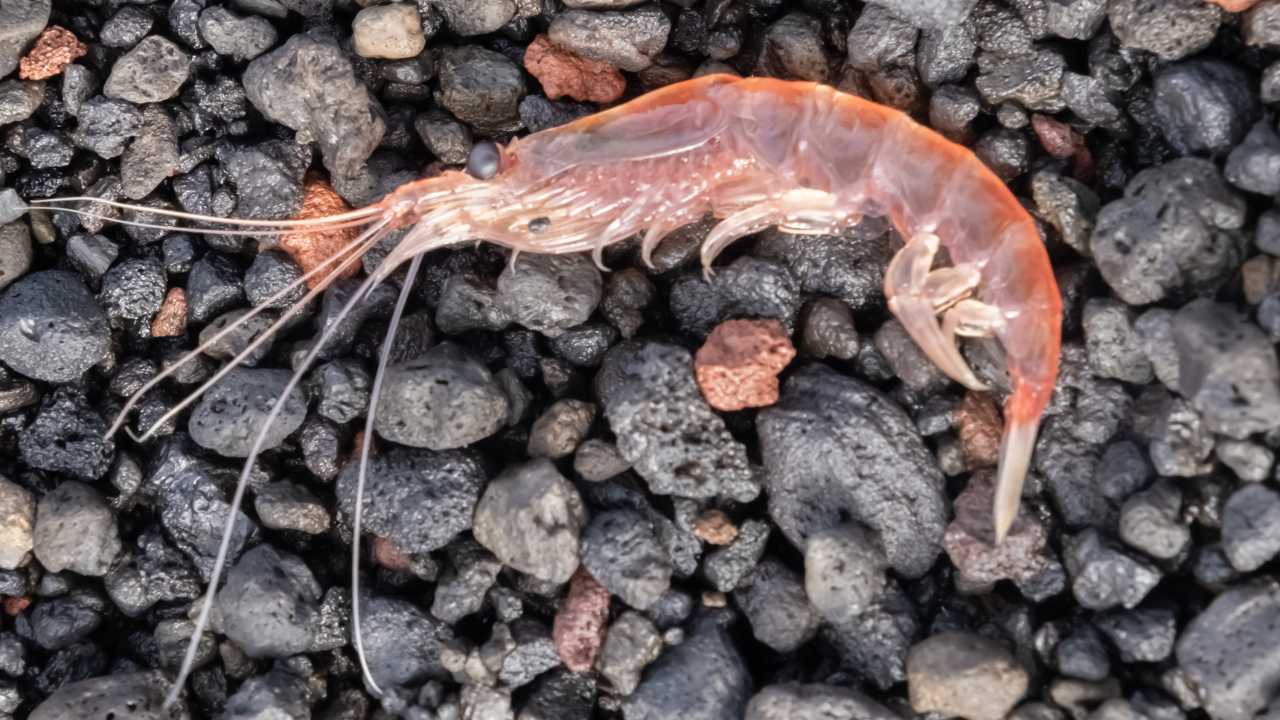
Krill are small shrimp-like creatures that are a crucial food source for many marine animals, including whales, seals, and penguins. They play a significant role in the ocean’s food web, converting phytoplankton into a form that larger animals can eat. Krill also contribute to the carbon cycle by helping sequester carbon in the deep ocean. Protecting krill is essential for the health of marine ecosystems.
Becky is a fervent wildlife enthusiast and pet care expert with a diploma in canine nutrition. Her love for animals stretches beyond the domestic, embracing the wild tapestry of global fauna. With over a decade of experience in animal welfare, Becky lends her expertise to OutlandishOwl through insightful articles, captivating wildlife information, and invaluable guidance on pet nutrition. Her work embodies a deep commitment to understanding the intricate lives of animals and a passion for educating others on sustaining natural habitats. Becky's hands-on conservation efforts and her knack for translating complex dietary science into practical pet feeding tips make her an indispensable voice for creatures great and small.

